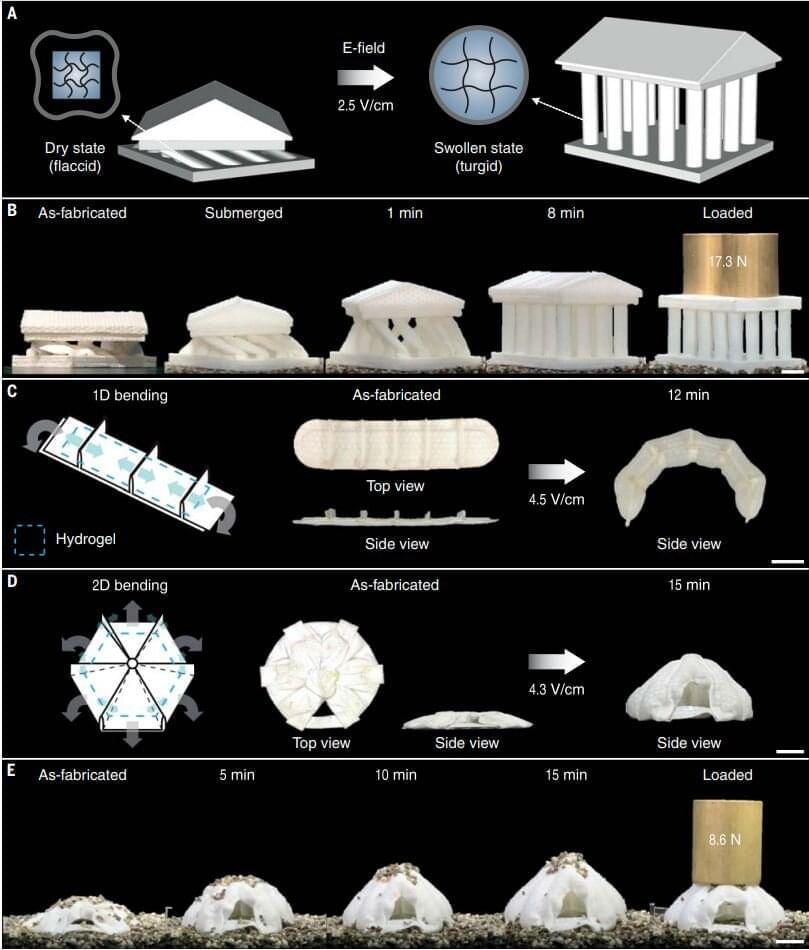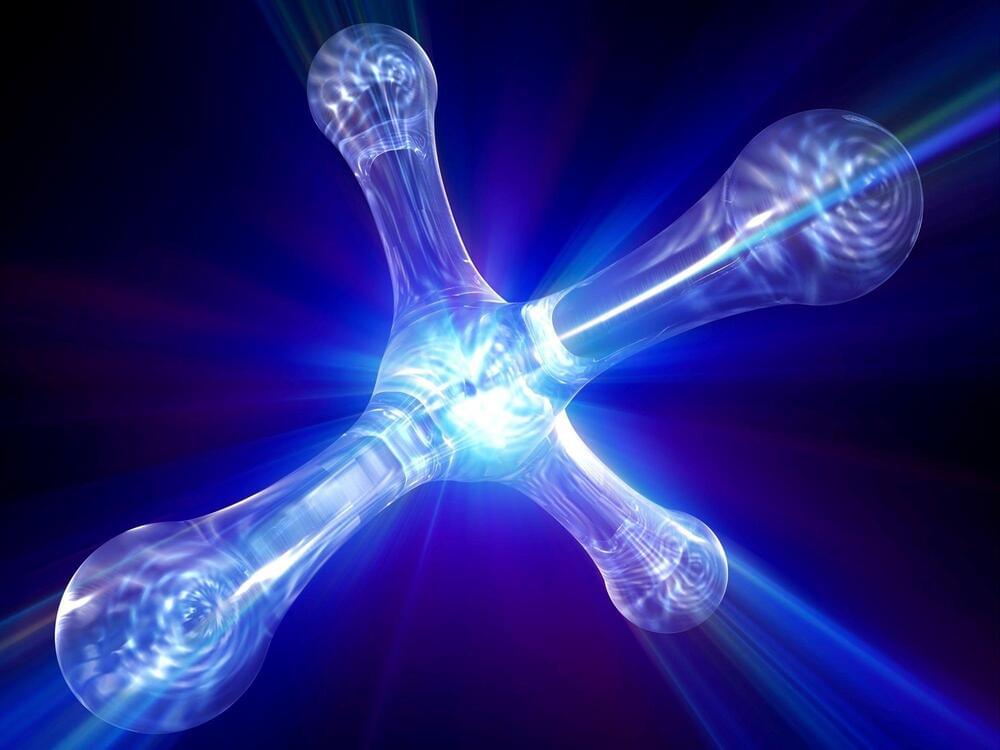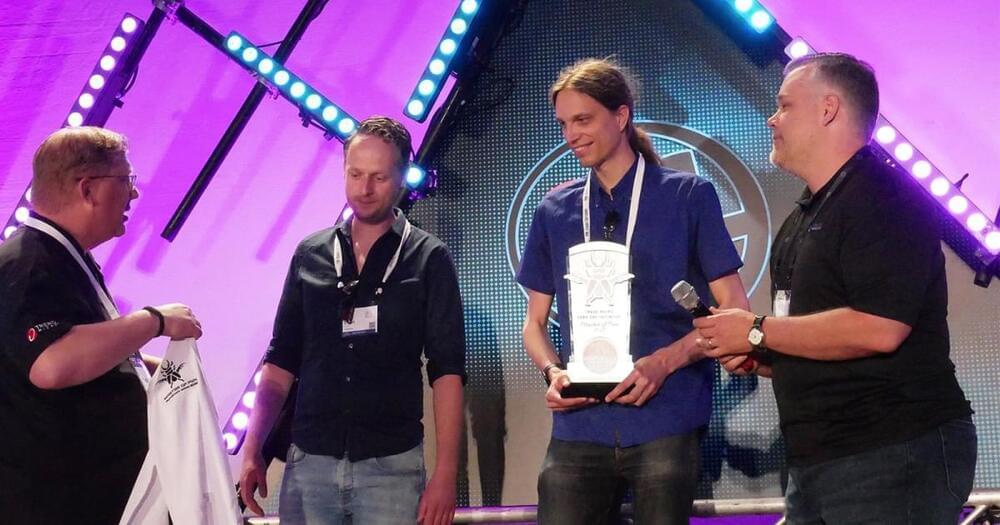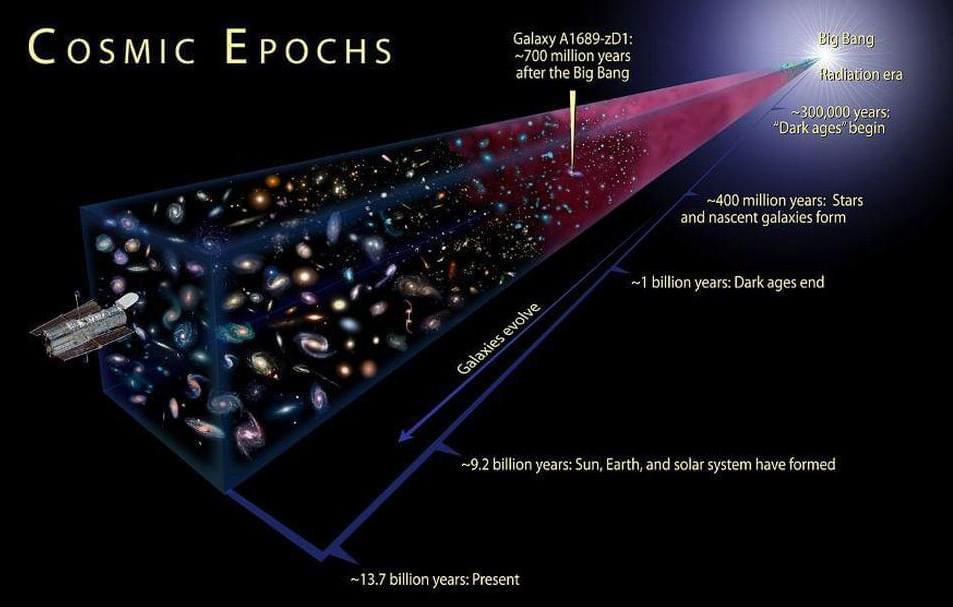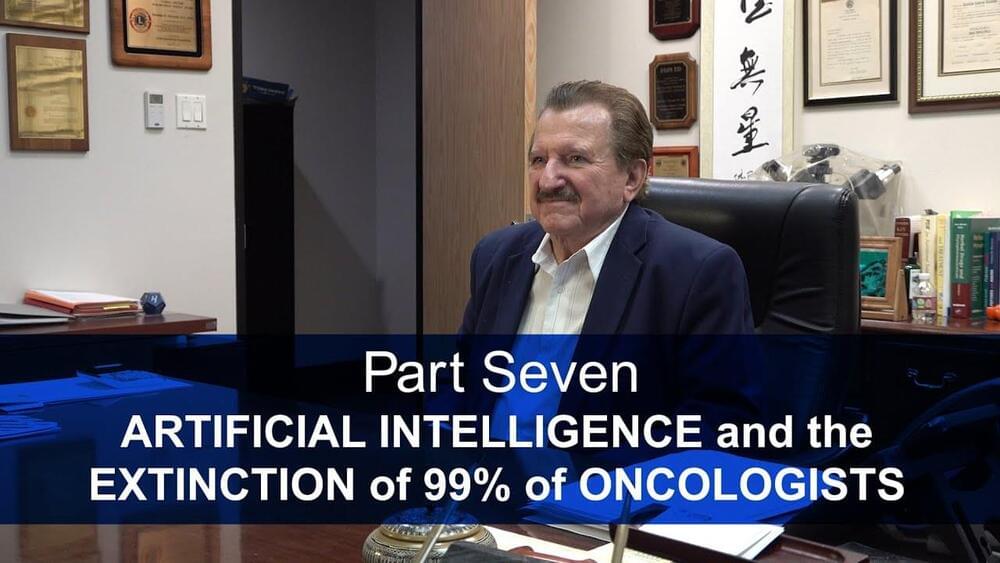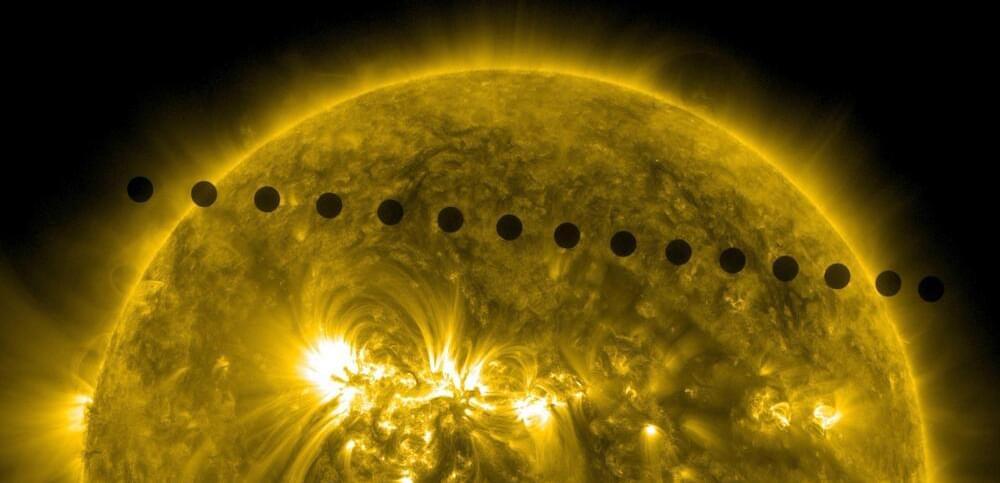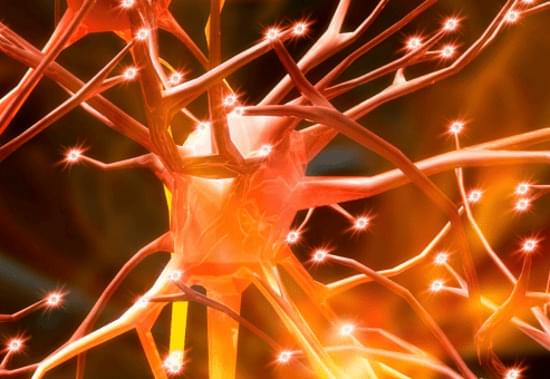A team of researchers at Seoul National University has created a stronger and faster hydrogel actuator by combining turgor design and electro-osmosis. In their paper published in the journal Science, the group describes their approach and how well the resulting actuator performed when tested in a real-world experiment. Zhen Jiang and Pingan Song, with the University of Southern Queensland, outline some of the difficulties researchers have faced in trying to create hydrogels that imitate biological organisms and comment on the work done by the team in Korea in a Perspective article published in the same journal issue.
Hydrogels, as their name suggests, are gels made with a water base. Roboticists have been studying them closely for several years. The goal is to create soft actuators, which are deformable components that are able to interact with the environment in desired ways. To succeed, the actuator needs to be able to convert some form of energy into mechanical work, similar in some sense to human muscles. To make them more useful, scientists would like them to have stronger actuation forces than are now possible and to respond faster when the need arises. In this new effort, the researchers have taken another step toward achieving both goals.
The team created a hydrogel using standard techniques but enclosed it in a highly osmotic and stiff wrapping. The stiffness was designed to contain a swelling environment as a liquid made its way into the turgor cell-like construction. This allowed pressure to build up, and as it did so, it exerted a force against nearby objects. Testing of the cell showed it created enough force (730 N) to split a common building brick. The researchers note that such force was approximately 1,000 times greater than any other known hydrogel. And to speed up the action, the researchers applied an electric current, which drove the actuation speed to 19 times that of its normal osmotic rate.
